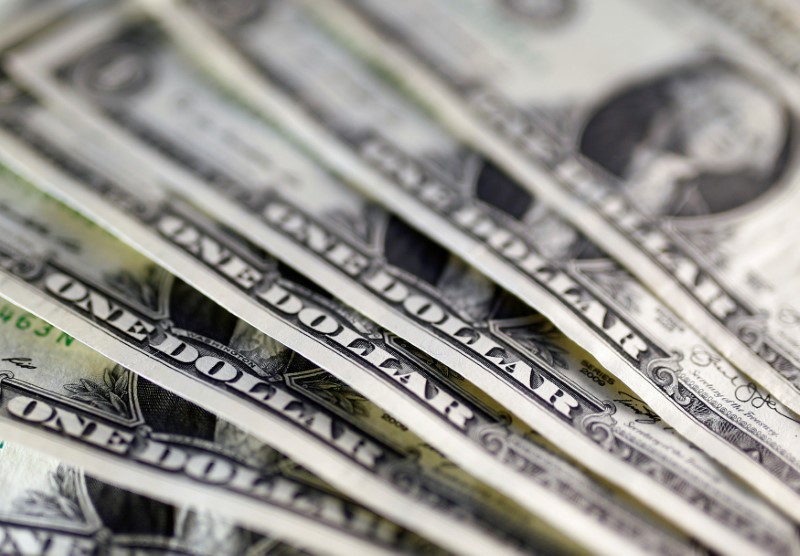Investing.com - The U.S. dollar fell on Friday, as the U.S. economy added less jobs than expected in June.
The U.S. dollar index, which measures the greenback’s strength against a basket of six major currencies, decreased 0.16% to 94.85 as of 11:19 AM ET (15:19 GMT).
The number of jobs added to the economy was tepid, but still strong enough to keep the Federal Reserve on track to gradually increase interest rates.
Nonfarm payrolls (NFP) rose by 157,000 in July, according to official data released on Friday.
Trade uncertainty remained on investors minds after China fired back with proposed tariffs on up to $60 billion of U.S. goods in response to White House plans to propose 25% tariffs, instead of 10%, on $200 billion of imported Chinese goods. The Chinese offshore yuan recovered slightly, but was still near a 15-month low due to trade war fear, with USD/CNH down 0.58% to 6.8414.
The dollar was lower against the safe-haven yen, with USD/JPY, decreasing 0.46% to 111.13. In times of uncertainty, investors tend to invest in the Japanese yen, which is considered a safe asset during periods of risk aversion.
The euro was higher after the dollar fell, with EUR/USD inching up 0.09% to 1.1595.
Sterling was also higher, with GBP/USD rising 0.02% to 1.3019, recovering from earlier lows after the Bank of England decided to increase interest rates on Thursday despite Brexit concerns.
The Australian dollar recovered from earlier weakness, with AUD/USD up 0.65% to 0.7407, while NZD/USD was flat at 0.6755. The loonie was higher against the greenback, with USD/CAD down 0.38% to 1.2973.
